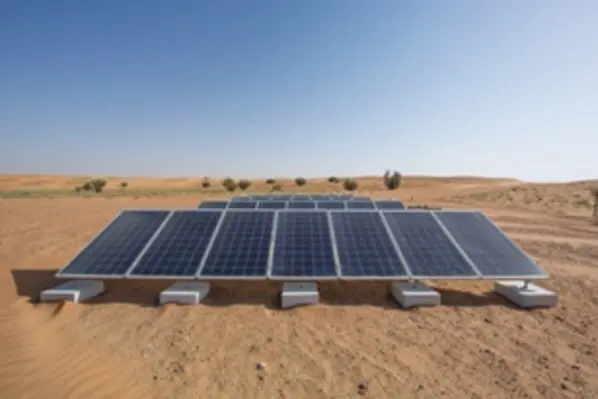The record growth of clean technologies means that achieving net zero emissions from the world’s energy sector and limiting global warming to 1.5 ̊C remains possible, although momentum needs to increase rapidly in many areas, according to a new edition of the IEA’s landmark Net Zero Roadmap, which sets out a global pathway to keep the 1.5 ̊C goal in reach
Since 2021, record growth in solar power capacity and electric car sales are in line with a pathway towards net zero emissions globally by mid-century, as are industry plans for the roll-out of new manufacturing capacity for them. Clean energy innovation has also been delivering more options and lowering technology costs.
Yet bolder action is necessary this decade, the IEA says. In this year’s updated net zero pathway, global renewable power capacity triples by 2030. Meanwhile, the annual rate of energy efficiency improvements doubles, sales of electric vehicles and heat pumps rise sharply, and energy sector methane emissions fall by 75%. These strategies, which are based on proven and often cost-effective technologies for lowering emissions, together deliver more than 80% of the reductions needed by the end of the decade.
“Keeping alive the goal of limiting global warming to 1.5 ̊C C requires the world to come together quickly. The good news is we know what we need to do – and how to do it. Our 2023 Net Zero Roadmap, based on the latest data and analysis, shows a path forward,” said IEA Executive Director Fatih Birol. “But we also have a very clear message: Strong international cooperation is crucial to success. Governments need to separate climate from geopolitics, given the scale of the challenge at hand.”
The Roadmap recognises the importance of fostering an equitable transition that takes different national circumstances into account. Nonetheless, staying on track means almost all countries must move forward their targeted net zero dates, and a significant increase in investment will be required, especially in emerging and developing economies. In the new zero pathway, global clean energy spending rises from US$1.8 trillion in 2023 to US$4.5 trillion annually by the early 2030s.
In the updated net zero scenario, the IEA envisages fossil fuel demand 25% lower by 2030, reducing emissions by 35% compared with the all-time high recorded in 2022, with fossil fuel demand falling by 80% by 2050. As a result, no new long-lead-time upstream oil and gas projects are needed, neither are new coal mines, mine extensions or new unabated coal plants. Nonetheless, continued investment is required in some existing oil and gas assets and already approved projects.
More resilient and diverse supply chains for clean energy technologies and the critical minerals needed to make them are key to building an energy sector with net zero emissions, according to the report. However, it is equally vital that supply chains remain open, given the pace and scope of clean energy development required.
The report warns that failure to act would create additional climate risks and make achieving the 1.5 ̊C goal dependant on the massive deployment of carbon removal technologies, which are expensive and unproven at scale.
“Removing carbon from the atmosphere is very costly. We must do everything possible to stop putting it there in the first place,” said Dr Birol. “The pathway to 1.5 ̊C C has narrowed in the past two years, but clean energy technologies are keeping it open. With international momentum building behind key global targets such as tripling renewable capacity and doubling energy efficiency by 2030, which would together lead to a stronger decline in fossil fuel demand this decade, the COP28 climate summit in Dubai is a vital opportunity to commit to stronger ambition and implementation in the remaining years of this critical decade.”










